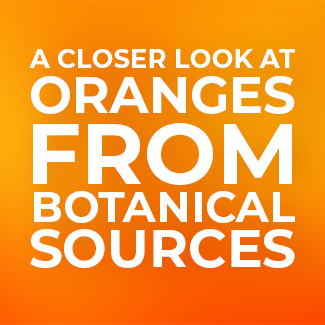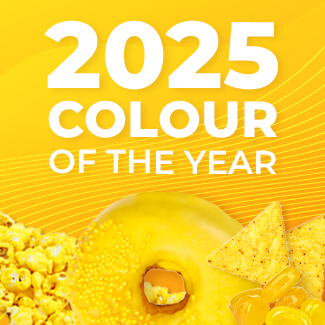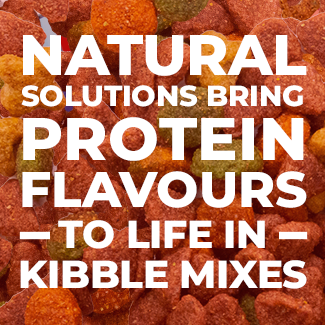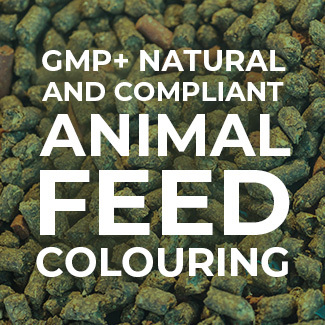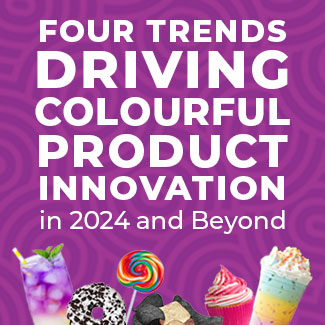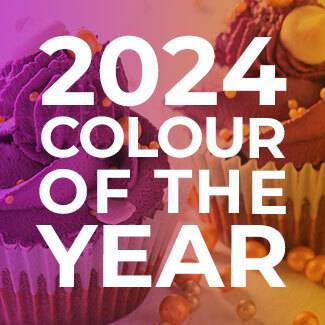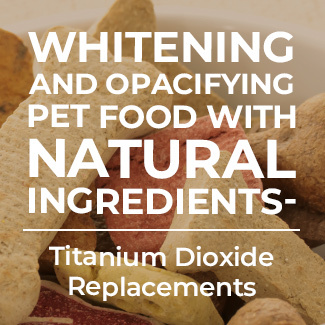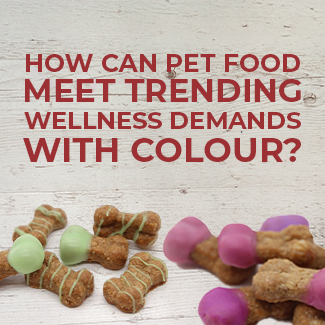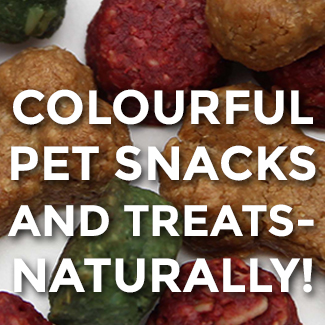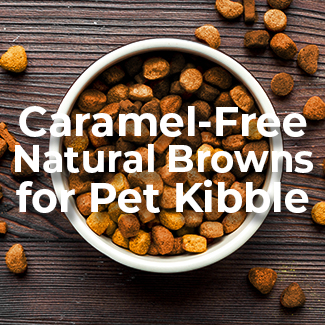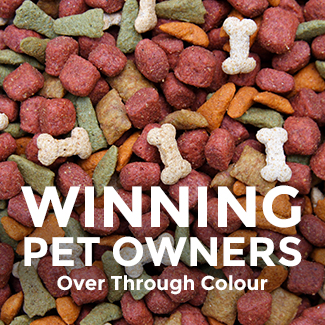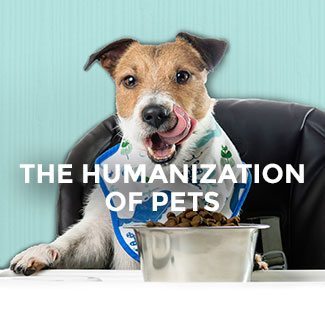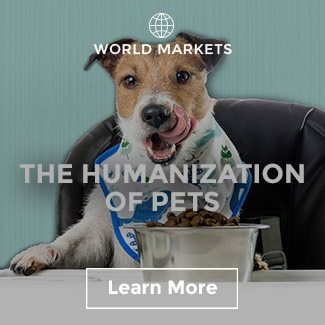Replacing Caramel Colours in Pet Food – Naturally!
The Future of Caramel Colouring in Pet food
Caramel colours are added to petfood to create shades of brown for various products including wet and dry petfood, as well as snacks or treats. They are complex mixtures of compounds produced by carefully controlled heat treatment of sugar and have been used to drive visual appeal in petfood for many years. Caramel colours can be classified into four classes (I-IV) and in Europe are generally known by their E numbers E150a, E150b, E150c, and E150d. Both the European Food Safety Authority (EFSA) and US Food and Drug Administration (FDA) have affirmed the safety of caramel colours in foods and beverages.
Regarding animal feed, the European Commission has recently updated the feed additive regulations. In Europe, there is a withdrawal of caramel colouring from the market: caramel colours E 150b, E150c and E 150d as colouring agents authorized for colouring foodstuffs will be banned for usage in petfood and feed products by July 2025.
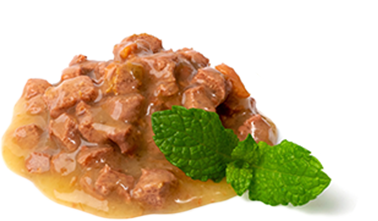
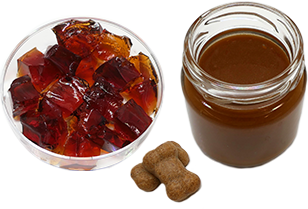
The transition period only allows existing stocks of the additive to be used until 6th of July 2024, premixes with those caramel colourings are to be used up until 6th of October 2024 and finished goods of the feed products containing caramel colouring of these classes may be used up until 6th of July 2025.
Caramel colours II-IV (E 150b-d) will have to be
phased out of the market in Europe by mid’ 2025.
Whilst caramel colouring may not have a concrete immediate benefit to humans’ furry friends, it plays a crucial role in creating the expected shades of certain pet foods and ensuring consistent product appearance from one production to the next. For pet owners, the role of colour in pet food is very distinct and strongly influences positive consumer choice due to a high-quality product perception.
Required Considerations for Replacing Caramel in Pet Food
From a purely technical standpoint, there are few negatives when it comes to performance or cost-in-use for caramel colours.
Even though caramel has a low tinctorial strength, the high usage rate typically required is offset by its low cost. For formulators, caramel has a few attractive features that make it very suitable for petfood products, such as good heat stability, stable colour results across a wide pH range and good light stability. Replacing caramel colour in pet food yet maintaining the high- quality perception that consumers expect, means there are a few factors to consider.
What should developers look out for when
searching alternative brown shades for any wet and
dry pet food or pet kibbles and treats?
Heat Processing
Most pet food and snack products experience some level of heat processing, e.g. extrusion or baking. The level of heat, the duration of exposure, and the temperature applied can all impact colour success in the end product.
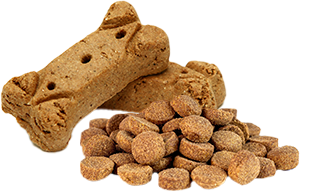
Base Colour Shade
Base formulas across petfood products are very different from one another and result in different ‘starting points’ in terms of base colour shade. As the base colour shade has an influence on the colour choice, technical expertise matters. Formulating with the shade of the base in mind is a skill that Sensient colour experts have developed over many years, using their experience to offer customers the best colour solutions possible.
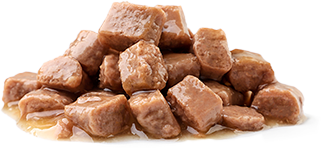
pH Formula
Knowing the pH of a formula enables a colour expert to understand how a colour will perform in the final application.
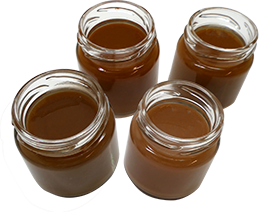
Combinations
Added vitamins, minerals and preservatives are examples of just a few ingredients that may or may not interact with a colour solution. Sensient’s experts offer support to focus on favourable interactions and avoid unfavourable combinations and results.
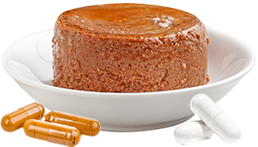
Compliance Assurance
Keeping in mind labelling preferences,
country-of-origin requirements, and regional or
international legal updates is critical for launch success. Customers can rely on Sensient’s experts to find the right colour solution that fits all technical, regulatory and individual customer requirements.
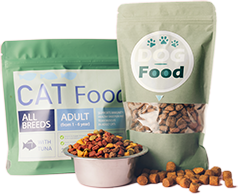
Restoring Visual Appeal via Brown Shades in Petfood
Due to the variations associated with heat, pH, base colour and extrusion, a tailored colour solution is often necessary to achieve stable target shades. The following can give you some first impression on what that could mean for different shades of brown without using caramel colouring.

Working with Sensient allows developers to focus on the end product whilst our colour experts work to ensure stable performance and optimal ingredient selection. Do you need any colour assistance in finding alternative ingredients to caramel? Are you looking for other high-performing natural colouring solutions for your pet food products? Sensient’s Pet Food Application Team is ready to support you through your formulation process. You are invited to contact us today for more information and tailored solutions to fit your needs!




